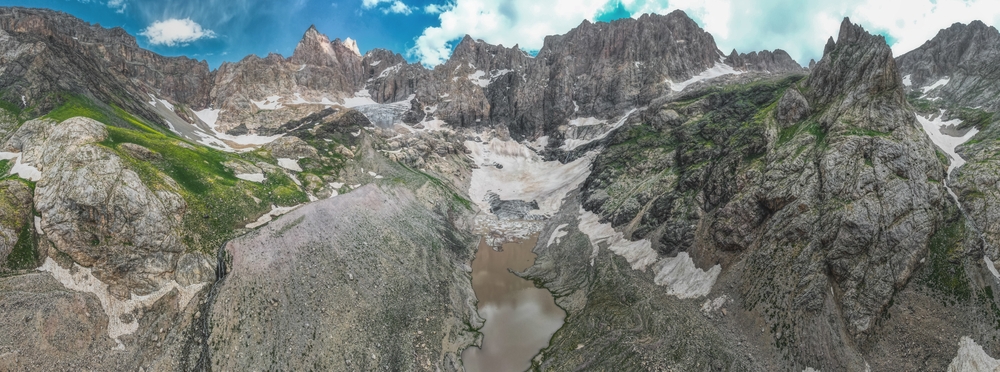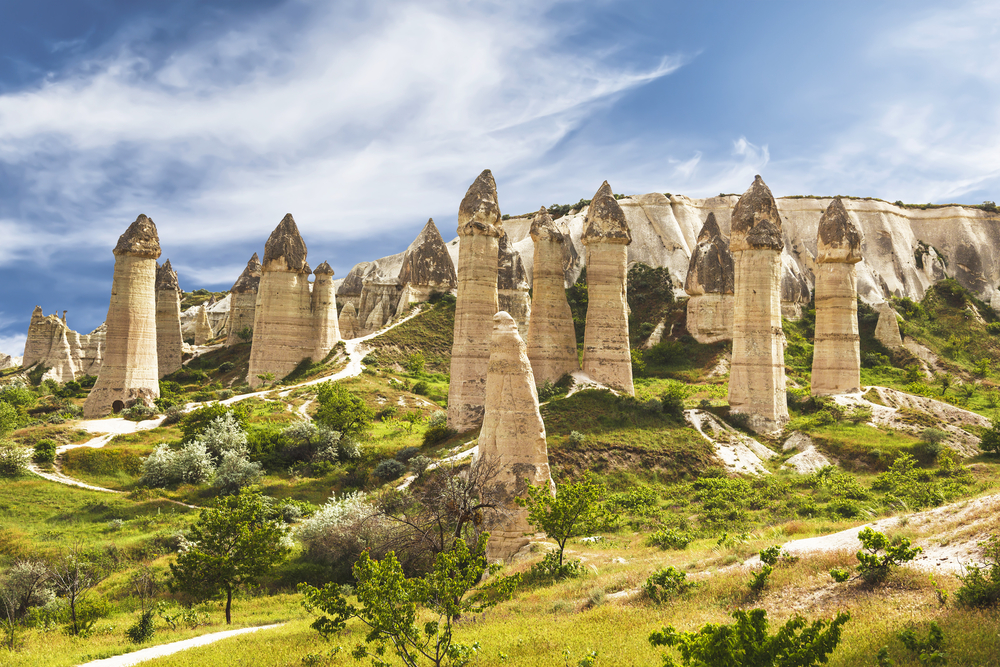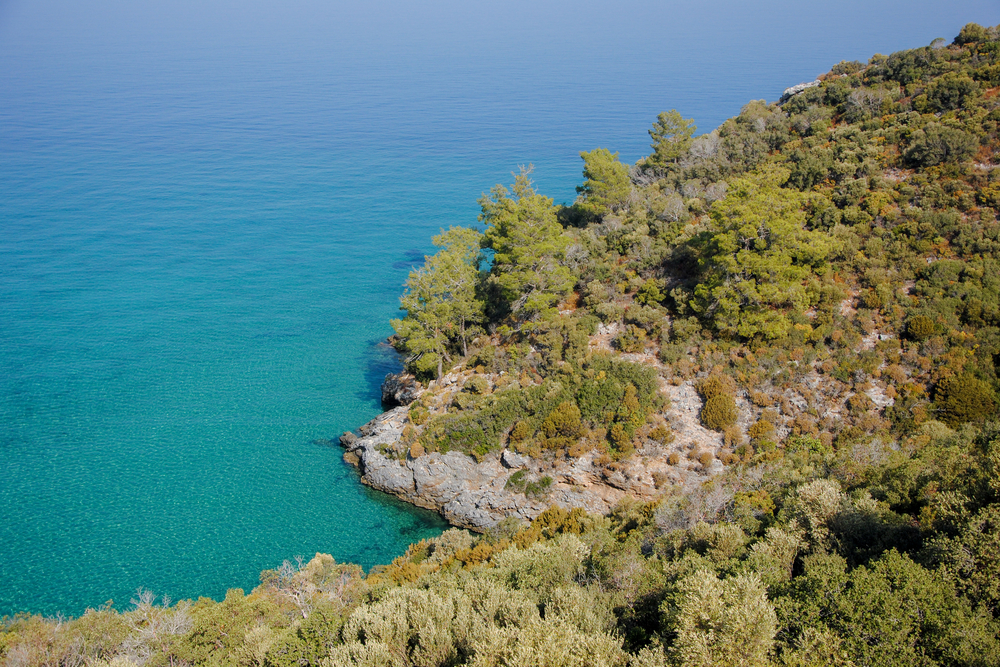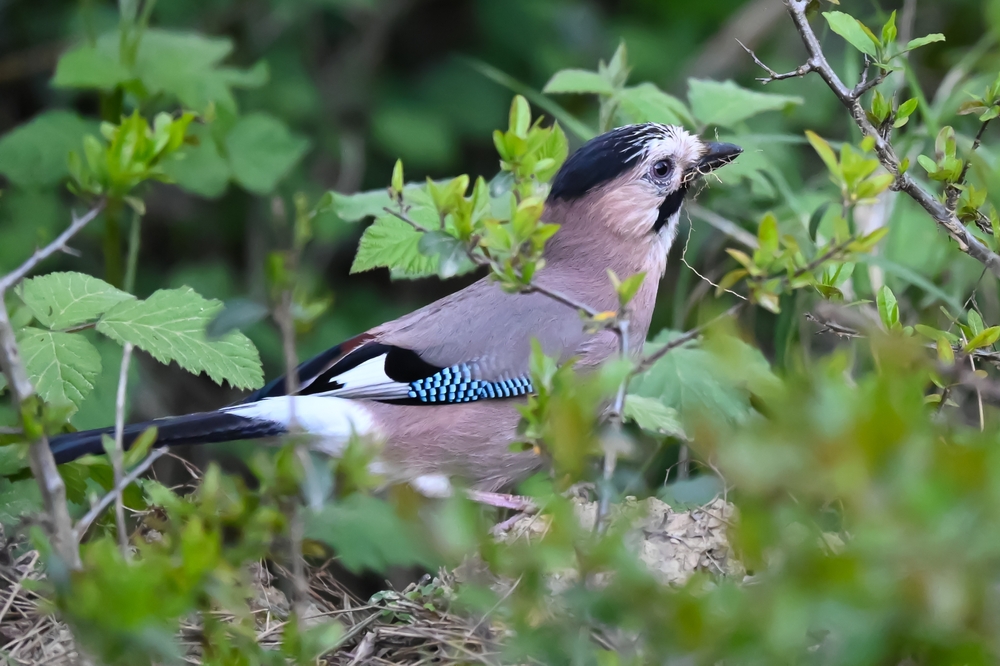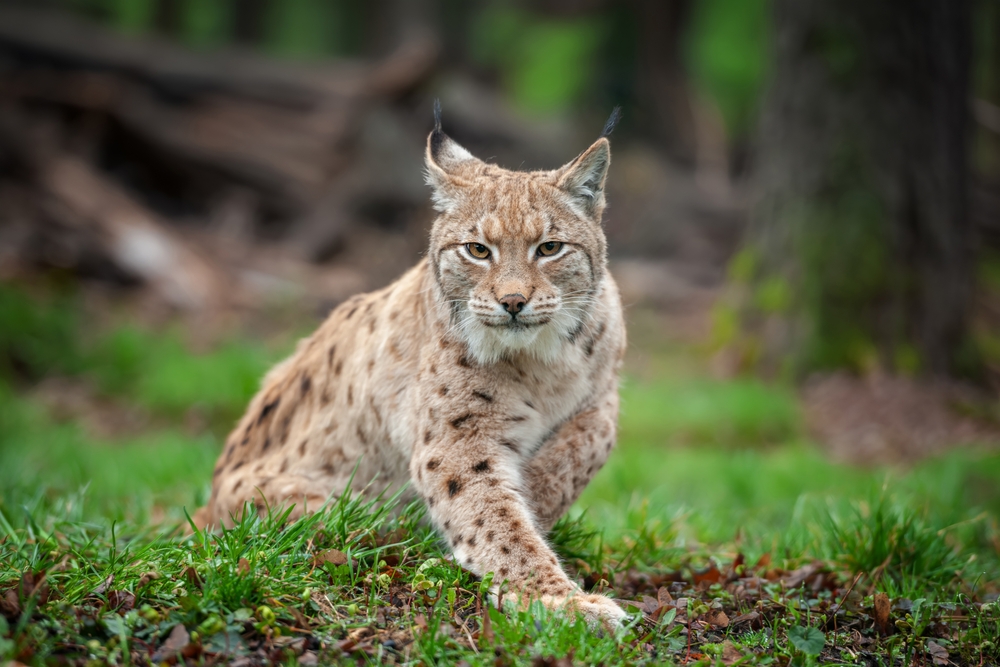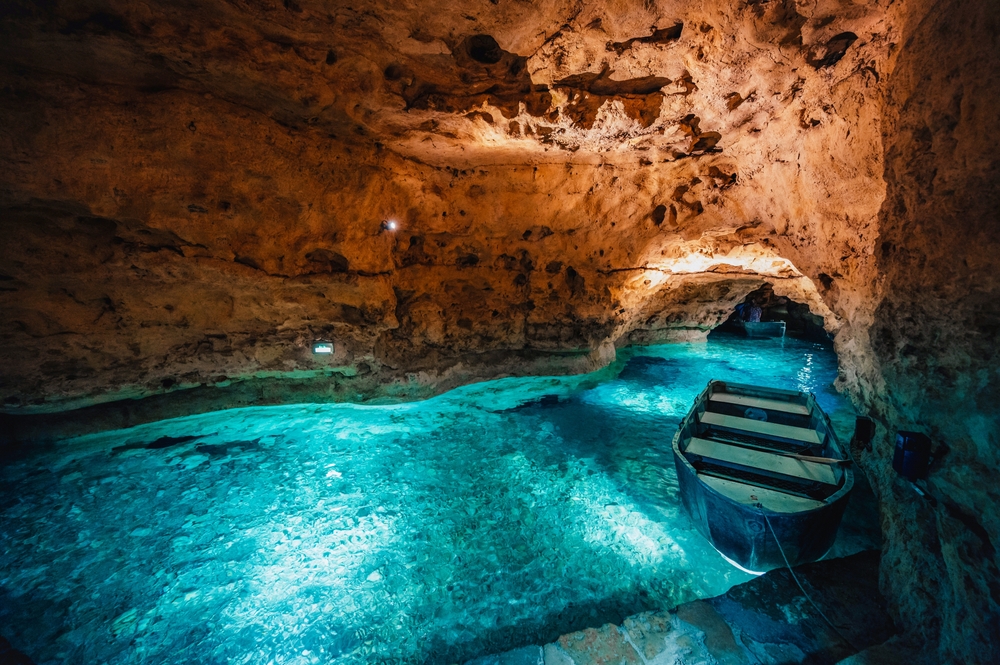Hakkâri Cilo-Sat Mountains Overview
Hakkâri Cilo-Sat Mountains National Park, known locally as Hakkâri Cilo-Sat Dağları Millî Parkı, is one of Turkey’s most spectacular and remote national parks, located in the southeastern corner of the country in Hakkâri Province near the borders with Iraq and Iran.
The park spans approximately 171 square miles, or about 443 square kilometers, and encompasses some of the country’s highest and most rugged peaks. Dominating the landscape are the Cilo and Sat mountain ranges, part of the greater Taurus-Zagros system.
The centerpiece is Uludoruk (Reşko), which rises to 4,135 meters, making it Turkey’s second-highest mountain after Mount Ararat. The terrain is defined by dramatic glacial valleys, jagged granite spires, highland plateaus, and pristine alpine lakes such as Sat Gölleri, formed by ancient glaciers that still linger on the highest slopes.
The vegetation in the park transitions from subalpine meadows and mountain steppe to alpine tundra, depending on elevation. Lower elevations support patches of oak and juniper, while the upper slopes burst into color in summer with wildflowers, including endemic species unique to this remote region.
Icefields and snow cover many of the higher peaks for much of the year, adding to the park’s dramatic beauty and supporting rare plant life adapted to the harsh climate.
Wildlife in Hakkâri Cilo-Sat Mountains National Park is as dramatic as the landscape itself. The park is a stronghold for several threatened and elusive species, such as the Persian leopard and brown bear, which roam the forests and crags. Wild goats and ibex navigate the steep rock faces, while wolves, lynx, and foxes are occasionally sighted in the more remote areas.
The avian life is equally rich, with golden eagles, lammergeiers, and various species of vultures soaring above the ridges. The rocky cliffs also provide nesting sites for choughs, snow finches, and alpine accentors, making the park a destination for birdwatchers willing to trek into higher elevations.
The park is renowned for its towering mountains and alpine lakes, but it also draws visitors for its deep valleys such as Zap Vadisi, which cut through the region with roaring rivers and green oases. The Sat Lakes Plateau is a major attraction in the summer, when melting snow fills the basins with crystal-clear water, reflecting the surrounding peaks.
In addition to the natural beauty, local Kurdish villages on the outskirts of the park add cultural richness to the visitor experience, offering insight into traditional ways of life.
Visitors experience the park primarily through hiking, trekking, and mountaineering, although much of the area remains undeveloped and wild. Expeditions to the high peaks and glaciers attract seasoned adventurers, while guided treks through the Sat Lakes region are more accessible.
In recent years, there has been growing interest in ecotourism and nature photography, but infrastructure remains minimal due to the park’s remote location.
Conservation efforts in Hakkâri Cilo-Sat Mountains National Park face challenges such as climate change, limited accessibility, and regional instability. However, its designation as a national park in 2020 marked a significant step toward formal protection.
Early conservation successes include the documentation of rare species and increased awareness of the area’s ecological value. Continued efforts are essential to preserve this striking and untamed part of Turkey’s natural heritage.








































































